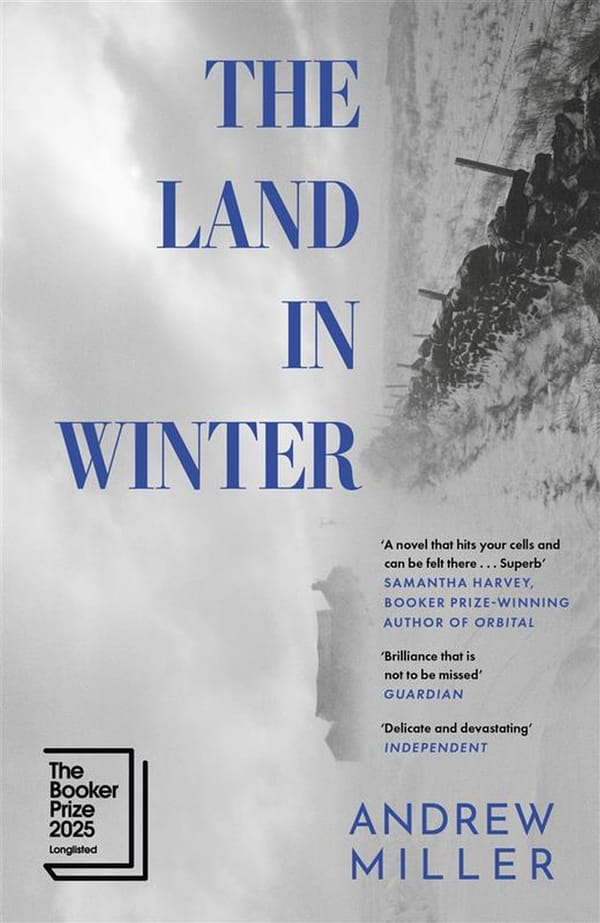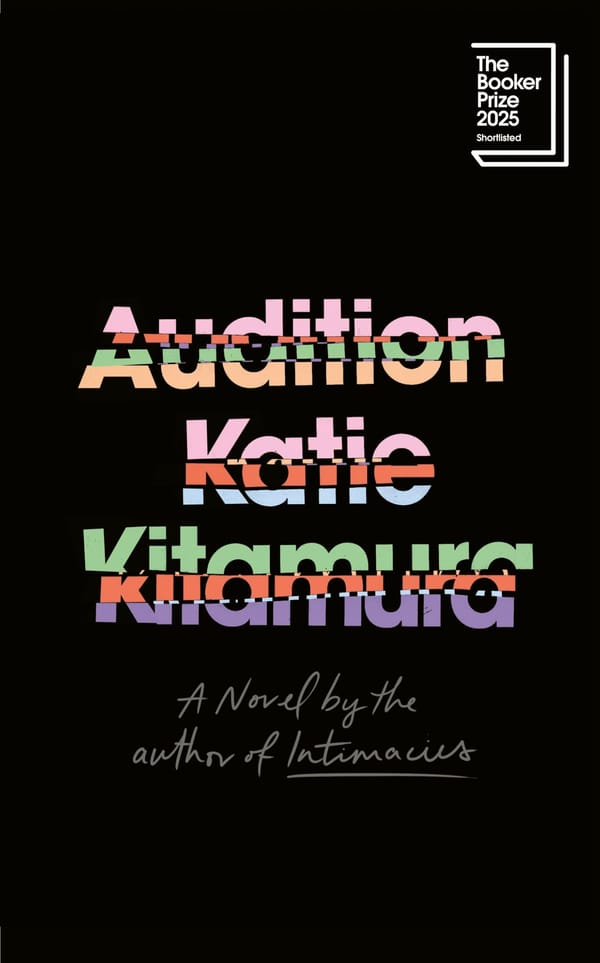Citizen Kane is actually pretty good?

A few weeks ago, a friend and I sat down to watch Citizen Kane for the first time. I wasn’t sure what to expect – everyone knows it as ‘the best film ever made’, to the point that it’s become a joke, especially because you’d be hard-pressed to find someone who has actually watched it these days. To be honest, I wasn’t even sure what it was about – I thought it was some kind of 1940s crime drama, because I semi-consciously associated the name with the fairly unsuccessful 2010 videogame Kane and Lynch 2: Dog Days, which is rife with criminal activity.
Oddly enough, it isn’t that – it’s a two-hour chronicle of the life of newspaper tycoon Charles Foster Kane, a fictional character partly woven from several contemporary influential media moguls of the late 19th and early 20th century. Citizen Kane begins by dramatically and cryptically killing its main character, and then launches into an energetic ‘40s newsreel that describes his entire life – and the events of the film – in sensational detail. Suddenly the newsreel ends, and we see a shadowed room, punctuated only by two shafts of light and a cascade of overlapping conversation from the men creating the newsreel, their silhouettes barely outlined in the gloom. Then exterior, night-time, the roof of a club. The camera moves up and over the skylight, framing the woman slumped lonely over one of the empty tables, then descends through the roof and pulls in close.
Citizen Kane has thus far zipped through several genres and a myriad of cutting-edge filmmaking techniques that would have been exponentially more difficult to pull off back then, and we’re not even fifteen minutes into the film. People say old movies are slow and boring because they often are. But now imagine you’re in the audience in 1941, and the last film you watched in the theatre was Gone with The Wind, and you’ve just watched those four opening scenes. The linear structure and lingering dialogue you expected has gone with the wind, only to be replaced by the coolest shit you’ve ever seen happen in 35mm.
It’s easy to see why Citizen Kane was so popular at the time, and why it has remained a favourite amongst filmmakers and film critics. But whilst technical and narrative innovation is a commonly given explanation when people ask why some old film is so popular, it can a little esoteric. But Citizen Kane actually is more than just a bag of movie magic tricks. The script is watertight – not a single line really feels wasted, and there are so many zippy one-liners in the newsroom scenes that it almost feels like Leslie Nielsen’s Citizen Kane. The back-to-front structure works great, creating a thin semblance of truth that gradually gives way to the more nuanced – but still obscure - reality. It’s an obvious simile to the news sensationalism that is Charles Foster Kane’s bread and butter, but it feels fresh and well placed here where it might feel played-out in a modern film. And in general, the fact that it was so new and innovative in 1941 seems to have made it age so much better. That being said, there are still plenty of mid-century attitudes sprinkled throughout, if that’s something you’d rather avoid.
I put off watching this film for years, and I really wasn’t sure I would like it, but I did. If you’re at all interested in cinema as a medium, or any of the technical aspects of filmmaking or writing, it’s absolutely worth seeking out. If that’s not your thing though, there’s no shame in giving it a miss – there are plenty of great, new films that deserve your attention just as much.









